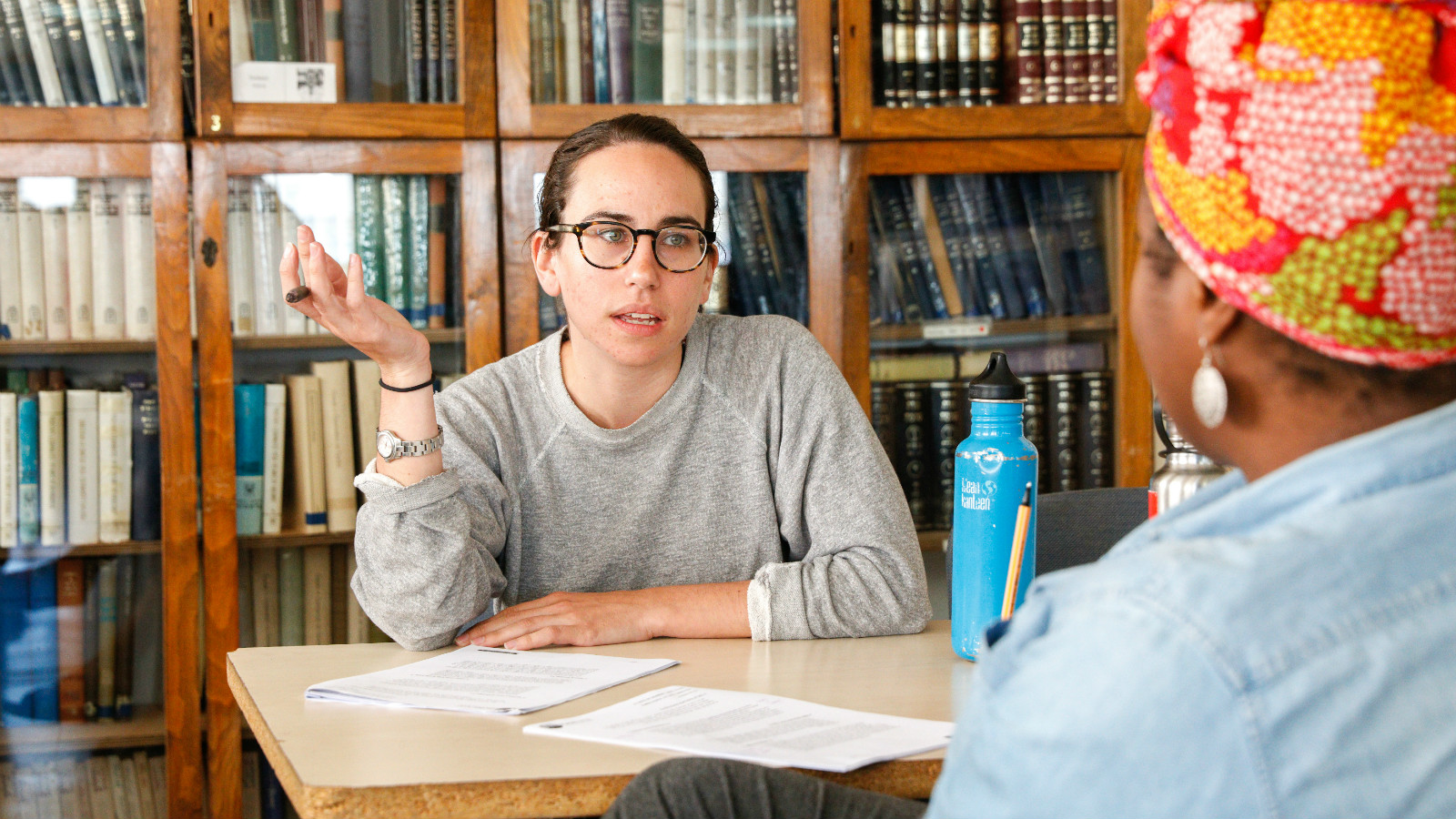What makes a text Jewish and how should we describe a library of Jewish texts? Rashi, a great Bible commentator, asked a similar question on the first verse of the Bible: “Why does the Bible start with the creation of the world and not with the laws given to the Jewish people?” For Rashi, the Bible was the source of Jewish law; other material was less important. Value judgments about the relative importance of different kinds of Jewish texts will inevitably affect what we label as Jewish texts.
The Bible and Its Commentaries
Jewish texts begin with the Hebrew Bible, called Tanakh in Hebrew, and the language and idioms of the Bible serve as part of the “dialect” of much later Jewish literature. More directly, however, many later Jewish texts engage the laws and narratives of the Bible in conversation, through direct or indirect commentary. Some of these texts also use the structure of the Bible to provide their own basic structure. Much of the Zohar, the primary work of Jewish mysticism, is loosely organized around the weekly readings from the Torah, the first section of the Bible. Similarly, the Mishnah, the primary study-book for Jewish law, provides the structure for the Talmud and the hundreds of later commentaries on the Talmud.
The Talmud
A traditional way of dividing up the different literary elements of the Talmud has been the distinction of halakhah (law) and aggadah (legend or lore). Modern Jewish thinkers have extended these categories. For them, halakhah is anything that deals with Jewish behavior; aggadah is the meaning that underlies or is attributed to that behavior. These categories are most useful when one identifies their interactions. For example, the aggadah (meaning) of Sukkot (the autumn holiday in which Jews eat and often sleep in temporary huts) can include a sense of dependence when we are in an insecure home; that has brought about a new halakhah (behavior) for many Jews of making sure to make contributions to homeless shelters during the period prior to Sukkot.
The Difficulty of Chronological Order
Another common way of organizing Jewish texts has been by identifying each with a period of Jewish history. In this scheme, one would move from the Biblical period to the Talmudic period, through the period of the Rishonim (the early medieval commentators on the Talmud) and into the period of the Acharonim (the later commentators on the Talmud). Clearly, this perspective makes the Talmud the centerpiece of all of Jewish literature. To this mindset, other kinds of Jewish literature are peripheral.
With your help, My Jewish Learning can provide endless opportunities for learning, connection and discovery.
Another difficulty with placing Jewish texts against a timeline is the issue of composite authorship. An individual document may have been composed by different authors over a long period of time. How should one date a text like the Talmud that includes the work of rabbis who lived over the course of seven centuries? Even more sensitive is the tendency to attribute texts to earlier authors. The Zohar, which was mentioned above, is traditionally attributed to Rabbi Shimon ben Yochai, who lived in the second century CE, although most scholars would actually date the Zohar to more than a 1,100 years after his death.
What’s In the Canon?
What counts as a Jewish text? Certainly the Bible and the Mishnah are Jewish texts, as well as books of Talmud, Midrash, and commentary that developed out of the conversations concerning the meaning of the Bible and the Mishnah. Similarly, books that respond to the life of sanctification and reflection described in the Talmud, Midrash, and Jewish law, books like the siddur (the prayer book) and the Zohar, should also be seen as Jewish books. But what about books that the rabbis didn’t include in the Hebrew Bible, like the stories of Maccabees (the heroes of the Hanukkah story), or books by Jewish sectarians who broke off from the Jewish people, like the Dead Sea Sect (or early Christianity!)? What about a medieval book on the mathematics of astronomy written in Hebrew? Can an individual find a Jewish text so theologically difficult, so much at odds with other Jewish texts so that he or she can declare that the text is not part of the canon? Responses to these questions often tell us more about the Jewish identity of the one selecting than about the texts themselves.
Hanukkah
Pronounced: KHAH-nuh-kah, also ha-new-KAH, an eight-day festival commemorating the Maccabees' victory over the Greeks and subsequent rededication of the temple. Falls in the Hebrew month of Kislev, which usually corresponds with December.
Mishnah
Pronounced: MISH-nuh, Origin: Hebrew, code of Jewish law compiled in the first centuries of the Common Era. Together with the Gemara, it makes up the Talmud.
Talmud
Pronounced: TALL-mud, Origin: Hebrew, the set of teachings and commentaries on the Torah that form the basis for Jewish law. Comprised of the Mishnah and the Gemara, it contains the opinions of thousands of rabbis from different periods in Jewish history.
Zohar
Pronounced: ZOE-har, Origin: Aramaic, a Torah commentary and foundational text of Jewish mysticism.



